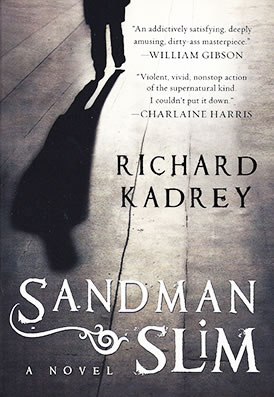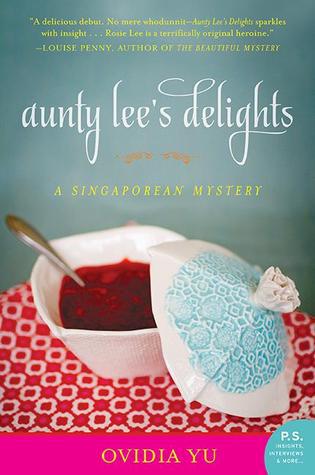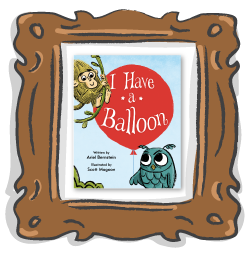Stephanie Greene’s twenty-year career spans the arc of children’s literature; as the author of over forty early readers, chapter books, and middle-grade novels, and it’s fair to say she’s probably written something that appeals to nearly every young reader. From the Moose & Hildy series to the adventures of Owen Foote, Greene always strikes just the right tone to entice and encourage children to press on and turn the page. Her Princess Posey series has blossomed into eleven volumes, chronicling the adventures of a precocious tutu-wearing first grader as she faces various age-appropriate issues.
Greene’s own childhood was filled with long days spent reading, early tutorials for crafting compelling narratives. Last month, on the eve of the publication of her eleventh Posey book (Princess Posey and the First Grade Play; Putnam) Greene graciously discussed her formative years, the importance of cultivating empathy in children, and her conviction that a child’s imagination must be cultivated and nourished with great books. What follows is a transcript of our e-mail conversation from February 17, 2017.
I read that your childhood influenced your decision to become a children’s book author—could you talk about that?
I suppose it was the combination of having been the middle child of five, which caused me to pay a lot of attention to all of the family dynamics around me, and the fact that I come from a family of readers. My parents read, my siblings read … we weren’t allowed to watch TV during the week and there weren’t computers yet, so reading was one of our main sources of entertainment. I grew up with, and on, books.
What did you read as a child? Which books were the most memorable? Why?I read everything: Nancy Drew and Louise May Alcott and Frances Hodgson Burnett. The Madeleine books, Barbar, Eloise at the Plaza, old-fashioned books like Little Lord Fauntleroy and Little Women. As I mention these, it feels as if most of the books from my childhood were classics. My all-time favorite was The Secret Garden because I cared about Mary from the start. It taught me about the power of an empathetic protagonist. 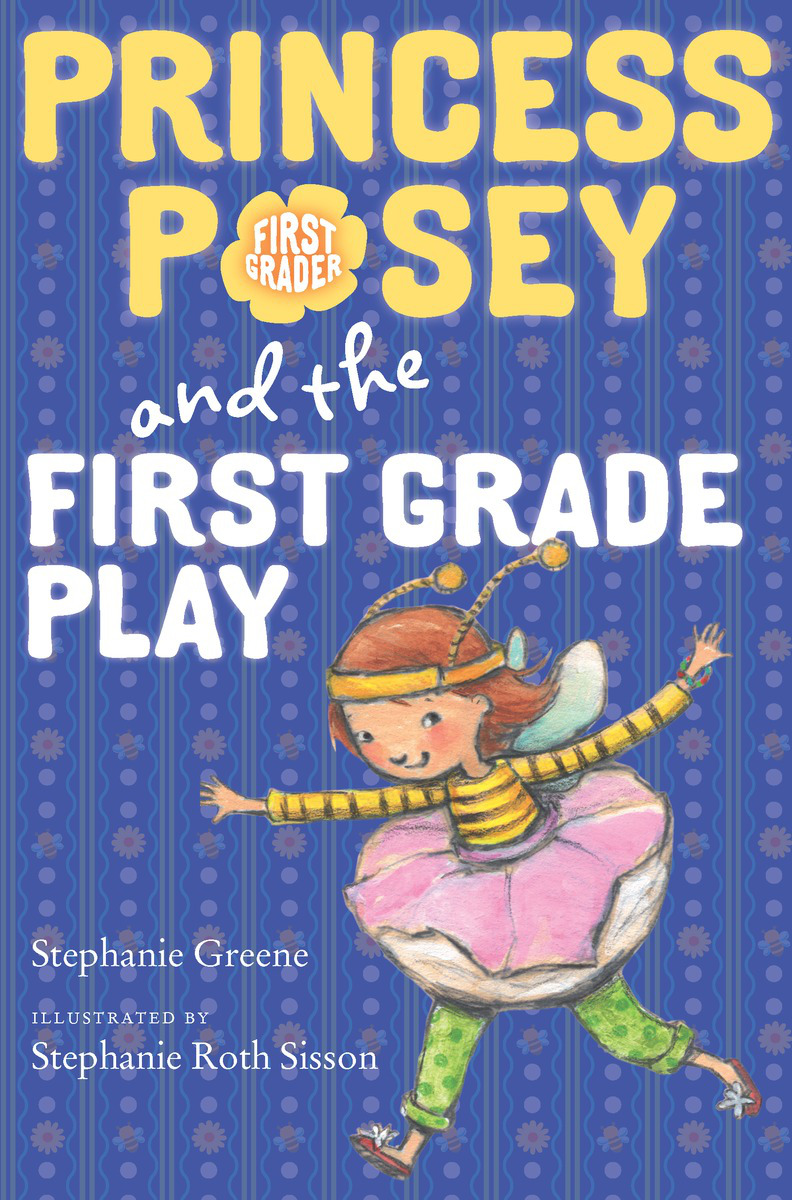 Princess Posey and the First Grade Play is the eleventh in the Posey (Congratulations!) How did the series come about? Why did you decide to focus on first grade readers?Thank you. I wrote the first book as a one-off idea after I saw a sign in front of an elementary school that said: KISS AND GO LANE. My immediate reaction was that that could be hard on a child: to have to say good-bye to a parent and walk into the school by herself. I heard a little voice in my head say, “You’re leaving me.” (Seriously, writers do hear those voices – if they’re very lucky.) The original character was called Megan. She wished she could wear her pink tutu to the first day of school because it made her feel like a princess who could go anywhere, and do anything, all by herself. I never dreamt it would become a series. Susan Kochan, my editor at Putnam, saw the potential of Posey’s pink tutu and her feelings about it to act as a hook that could carry a series. It was all her idea. I didn’t decide to focus on first graders. Posey was in first grade and I was focusing on her.
Posey encounters many of the same issues and adventures as children reading the books—is there a real-life inspiration for Posey?Posey is all the little girls I’ve ever known, and also myself, my two sisters, my son’s friends. I raised a boy, so I didn’t have a daughter at home to spy on for material but I didn’t need it.
Why is it so important to teach young readers about kindness and empathy?Empathy is the mortar of life. It’s the basis for a good life for each individual; one in which you care about and try to understand other people. If you can’t do that, and your attentions are only turned inward, you’re leading a pretty paltry existence. Bullies run rampant in such a world. Things fall apart.
What is your work process like? Do you read the book out loud as you go? How do you know when the story is just right?No, I don’t read a book I’m working on out loud. I know it’s right from my gut instinct. Or at least, I know I’ve taken it as far as I can, based on my intentions for it, and will then let my editor determine whether it’s just right. But my instincts are fairly sound.
Do you visit schools? What’s that like? Do you read aloud? What kind of questions do children ask you?I love visiting schools. It’s exhausting, but terrific fun. In today’s world, it’s become more of a necessity to entertain them, which can be tough, but most of the time they’re excited to listen to me because they’ve read my books and like them. The books are the star in any visit. They ask how I write my books, where I get my ideas, which book is my favorite, about my writing habits, how old I am (that’s usually a boy question), if I have pets … they’re interested in a lot of things.
Princess Posey and the First Grade Play is the eleventh in the Posey (Congratulations!) How did the series come about? Why did you decide to focus on first grade readers?Thank you. I wrote the first book as a one-off idea after I saw a sign in front of an elementary school that said: KISS AND GO LANE. My immediate reaction was that that could be hard on a child: to have to say good-bye to a parent and walk into the school by herself. I heard a little voice in my head say, “You’re leaving me.” (Seriously, writers do hear those voices – if they’re very lucky.) The original character was called Megan. She wished she could wear her pink tutu to the first day of school because it made her feel like a princess who could go anywhere, and do anything, all by herself. I never dreamt it would become a series. Susan Kochan, my editor at Putnam, saw the potential of Posey’s pink tutu and her feelings about it to act as a hook that could carry a series. It was all her idea. I didn’t decide to focus on first graders. Posey was in first grade and I was focusing on her.
Posey encounters many of the same issues and adventures as children reading the books—is there a real-life inspiration for Posey?Posey is all the little girls I’ve ever known, and also myself, my two sisters, my son’s friends. I raised a boy, so I didn’t have a daughter at home to spy on for material but I didn’t need it.
Why is it so important to teach young readers about kindness and empathy?Empathy is the mortar of life. It’s the basis for a good life for each individual; one in which you care about and try to understand other people. If you can’t do that, and your attentions are only turned inward, you’re leading a pretty paltry existence. Bullies run rampant in such a world. Things fall apart.
What is your work process like? Do you read the book out loud as you go? How do you know when the story is just right?No, I don’t read a book I’m working on out loud. I know it’s right from my gut instinct. Or at least, I know I’ve taken it as far as I can, based on my intentions for it, and will then let my editor determine whether it’s just right. But my instincts are fairly sound.
Do you visit schools? What’s that like? Do you read aloud? What kind of questions do children ask you?I love visiting schools. It’s exhausting, but terrific fun. In today’s world, it’s become more of a necessity to entertain them, which can be tough, but most of the time they’re excited to listen to me because they’ve read my books and like them. The books are the star in any visit. They ask how I write my books, where I get my ideas, which book is my favorite, about my writing habits, how old I am (that’s usually a boy question), if I have pets … they’re interested in a lot of things.
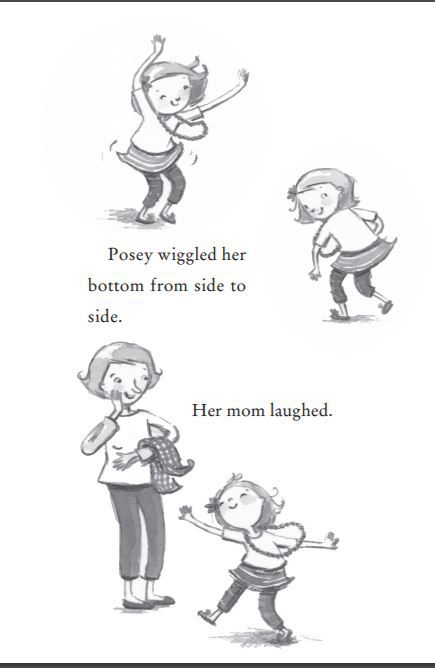 Text copyright 2017 Stephanie Greene, image copyright 2017 Stephanie Roth Sisson. Reproduced with permission from Putnam Books.
Text copyright 2017 Stephanie Greene, image copyright 2017 Stephanie Roth Sisson. Reproduced with permission from Putnam Books.
Stephanie Roth Sisson’s illustrations are a marvelous match for your text—do you collaborate during the creative process?No. Stephanie and I have never even met. We’ve become friends through emails over the twelve books, but we’ve never discussed a book she’s illustrating. I write the manuscript and once the editor approves it, she sends it to Stephanie, who does her wonderful job with it. I’d love to meet Stephanie in person someday.
Any tips for dealing with reluctant readers?It never fails to amaze me how many parents don’t seem to know what their children are interested in. They like to read about the same things they like to do in life. Ask them what they like to read about. What interests them. What they do at home. What sports they play. Anything, to get some sort of insight into what might interest them in a book. And then, don’t give them books that are too hard for their reading level. And let them read the same book a thousand times, if they want. The patterns of the words and the flow of the sentences are getting into their brains and making the act of reading more familiar.
What are you working on now?A picture book biography about a wonderful physicist of the last century. He made science fun! That’s a message today’s children need to learn. We need scientists.
What do you think is the key to good storytelling?
Character, pacing, action, conflict, and an ending that satisfies.
What else would you like our readers to know?If they’re teachers and parents, tell them authors love to hear from the children who like their books. If a child gets in touch, I’ll always respond.
Photo of Stephanie Greene by Amy Stern Photography.
Share this:
- Pinterest
- LinkedIn
- Facebook
- Google
- Reddit
- Tumblr
- Email
Like this:Like Loading...

 Text copyright 2017 Stephanie Greene, image copyright 2017 Stephanie Roth Sisson. Reproduced with permission from Putnam Books.
Text copyright 2017 Stephanie Greene, image copyright 2017 Stephanie Roth Sisson. Reproduced with permission from Putnam Books.